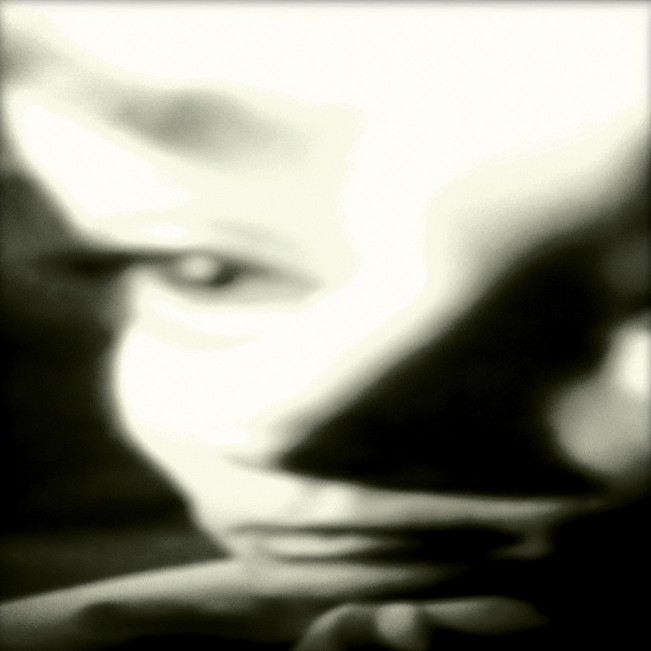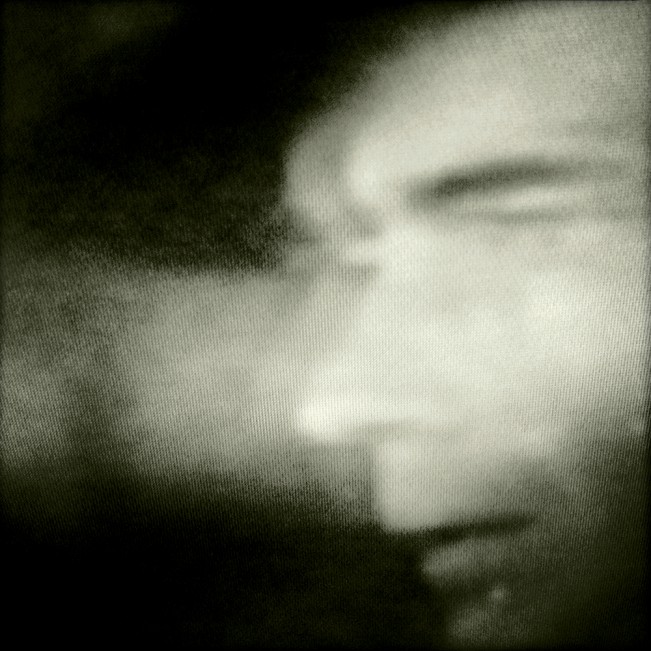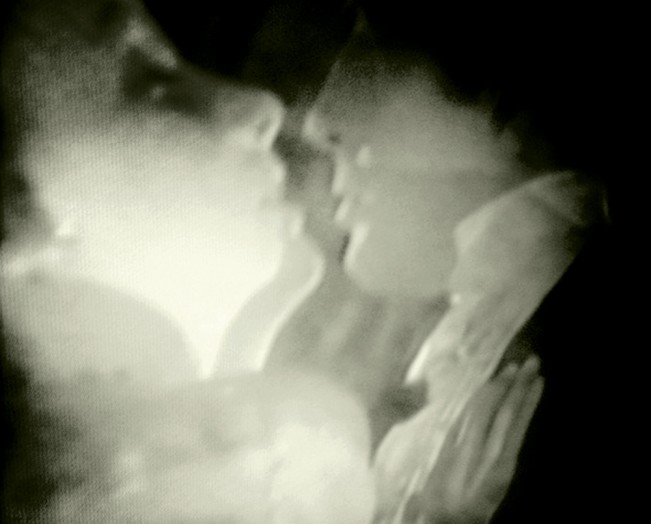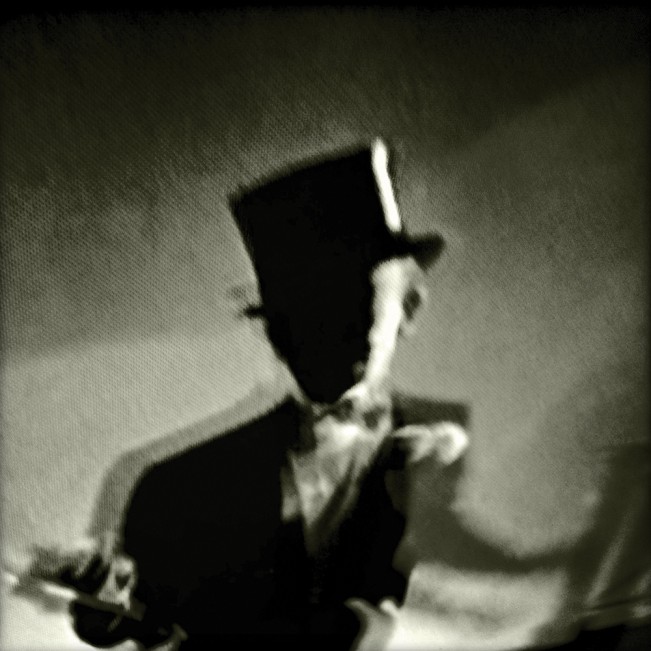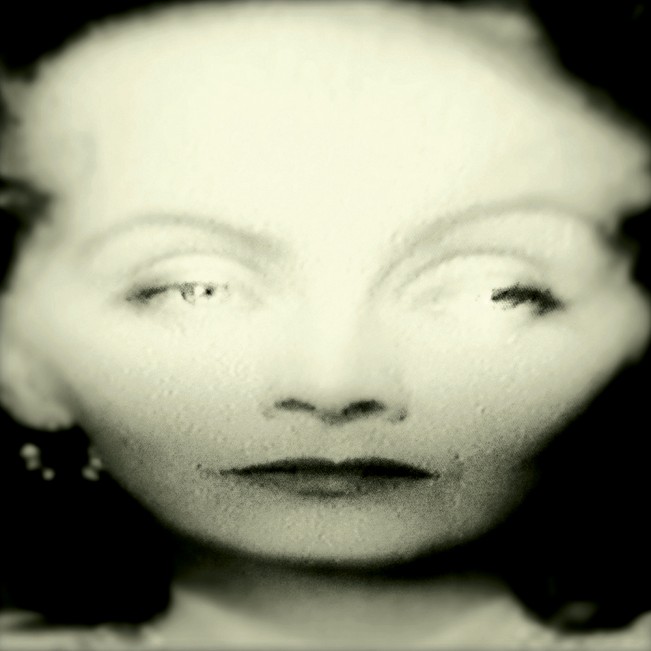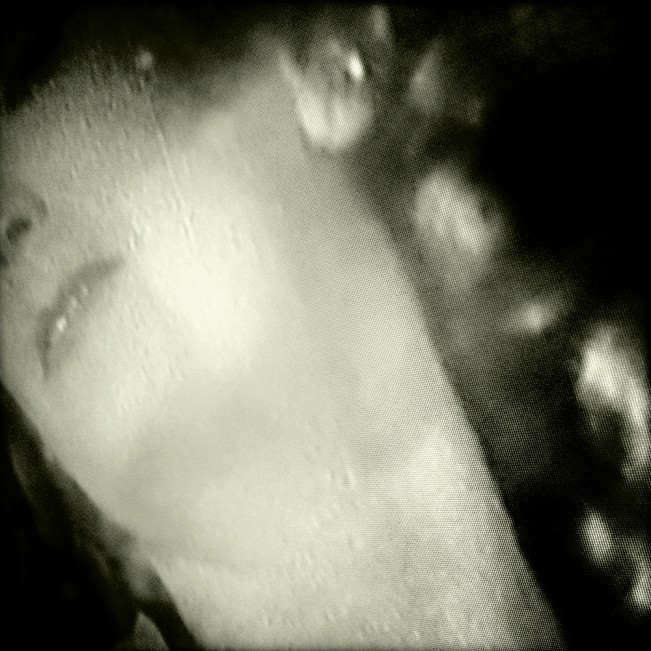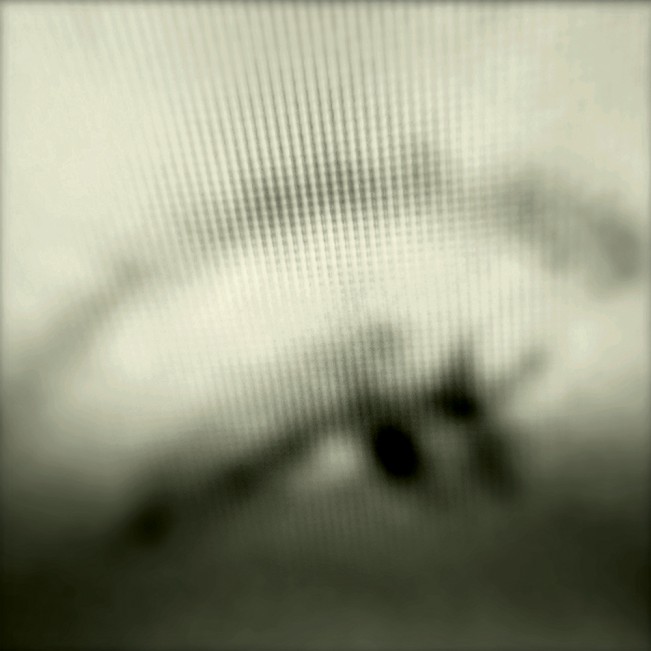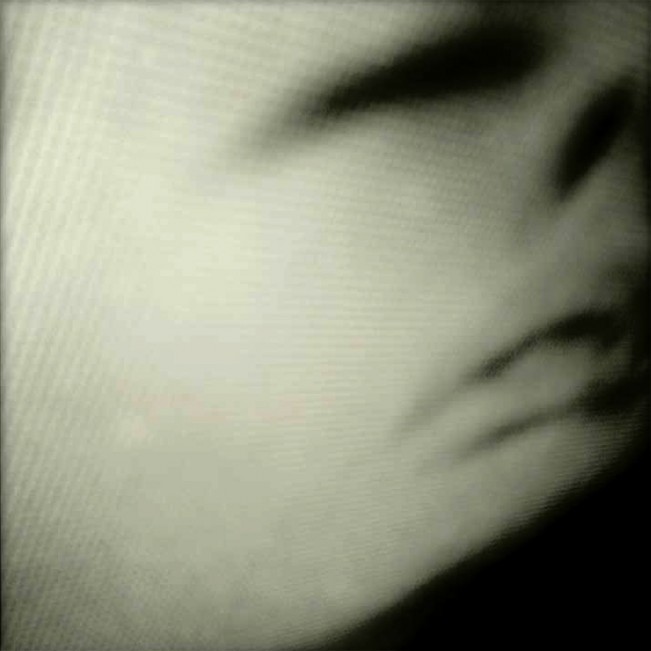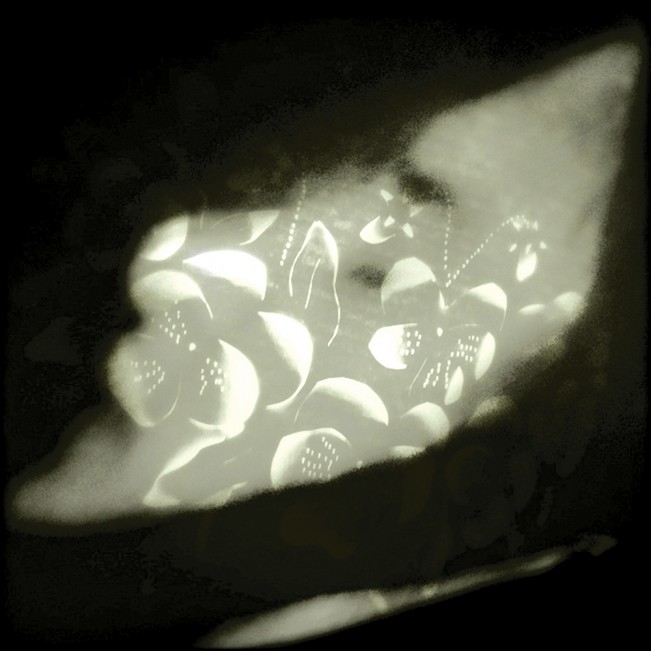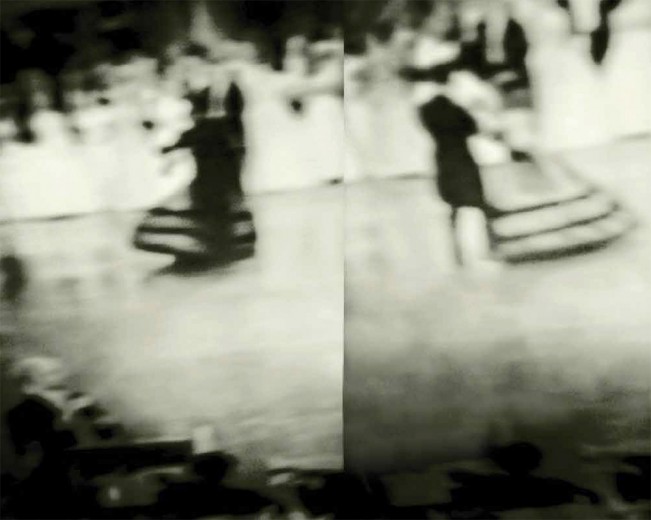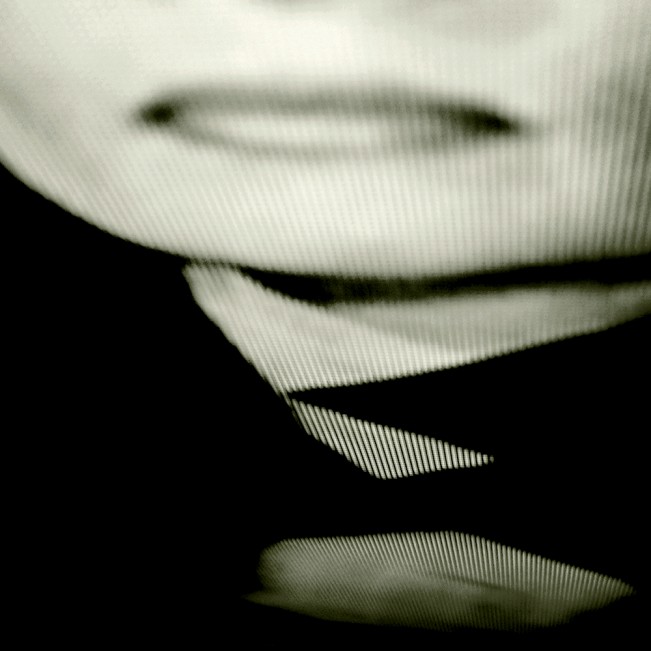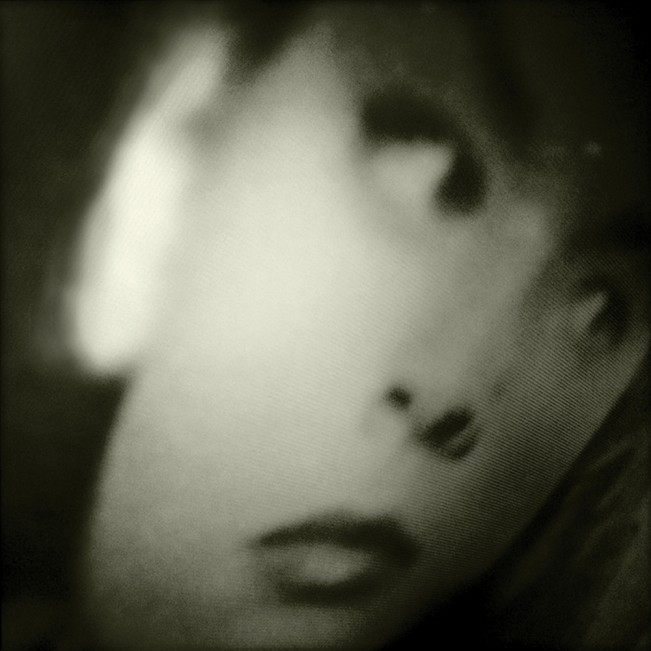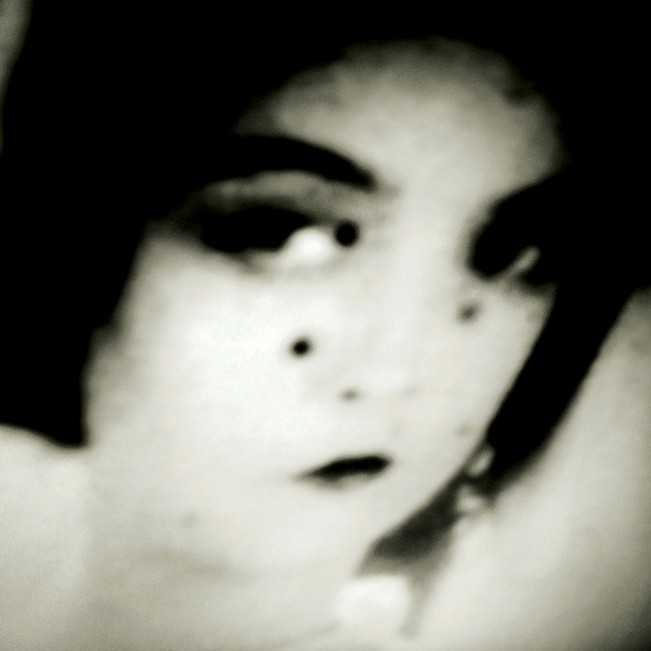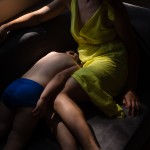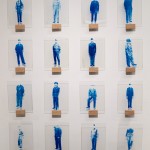Tama Hochbaum: Silver Screen
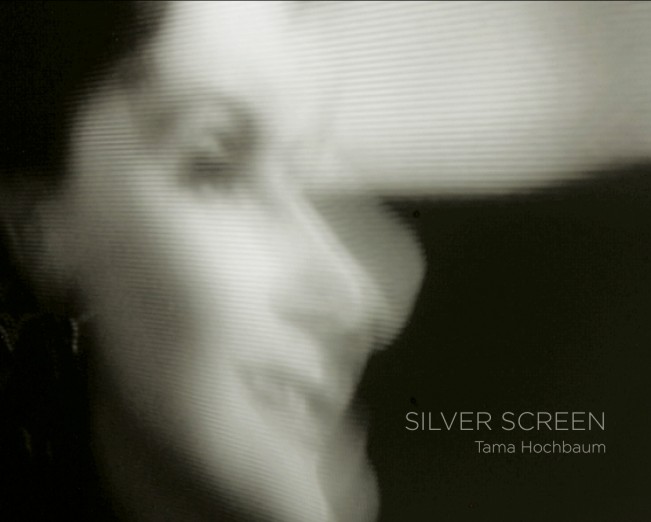 Artist/Photographer Tama Hochbaum has recently released a new monograph, Silver Screen, published by Daylight Books. The book celebrates her mother’s love for the movies through screen shots captured with an iPhone. This immediate response to old Hollywood glamor revered by her mother allowed Tama to understand her mother on a deeper level as she examined the characters and actors that influenced a previous generation. Tama will have an exhibition of this project at the Horace Williams House, Chapel Hill, NC, Art Committee Exhibition from June 5th – 29th. On June 27th, from 4:00 – 6:00 PM, the George Lawson Gallery at 315 Potrero Avenue (at 16th St.) in San Francisco, CA 94103 will host a Silver Screen book signing.
Artist/Photographer Tama Hochbaum has recently released a new monograph, Silver Screen, published by Daylight Books. The book celebrates her mother’s love for the movies through screen shots captured with an iPhone. This immediate response to old Hollywood glamor revered by her mother allowed Tama to understand her mother on a deeper level as she examined the characters and actors that influenced a previous generation. Tama will have an exhibition of this project at the Horace Williams House, Chapel Hill, NC, Art Committee Exhibition from June 5th – 29th. On June 27th, from 4:00 – 6:00 PM, the George Lawson Gallery at 315 Potrero Avenue (at 16th St.) in San Francisco, CA 94103 will host a Silver Screen book signing.
Originally from New York and now living in Chapel Hill, North Carolina, Tama received her BA from Brandeis University in Fine Arts and upon graduation was awarded a Thomas J. Watson Foundation Fellowship to study printmaking at Atelier 17 in Paris. She received her MFA in Painting from Queens College in New York and worked as a painter for 20 years before turning to photography. Hochbaum has exhibited extensively in the Triangle, including an exhibition in July and August of 2014 at the Daylight Project Space in Hillsborough, North Carolina, entitled Silver Screen. Daylight Books will publish her book of the same name, Silver Screen, in the Spring of 2015. George Lawson Gallery exhibited Hochbaum’s work at the Miami/Basel Art Fair in 2012 and 2014 and PhotoLA in 2014. In March, 2014, Hochbaum was awarded the juror’s choice (Kathleen Clark) for the Regarding Beauty exhibition at the Center for Fine Art Photography. Hochbaum is represented by George Lawson Gallery in San Francisco where she has had five solo exhibitions, including Silver Screen: Dancers, which was on view February and March of 2015. Her work is included in the collections of the Museum of Fine Arts, Boston, and the William Benton Museum of Art in Storrs, Connecticut.
I came to photography from painting, on a road that began with drawing and printmaking. Years ago, I took my first drawing class, with Michael Mazur, at Brandeis University. I studied printmaking there, and in Paris, at Atelier 17. I came home and became a painter for almost 20 years. I have, for the last 18, still thought of myself as a painter, only with a camera instead of a brush. I find that with this Silver Screen project I am referencing my own beginnings as an artist, working almost exclusively as an etcher then – in black and white, on aluminum plates in a small space with an acid bath that ate away at a surface, printing positives from what were essentially negative plates, a process not unlike my beginnings as a photographer in the darkroom. My early work as a printmaker was all tied up with family, memory, loss, photography. The piece I see as my first true artistic work was an etching of my family. I drew my ancestors, my grandparents and my father as a young boy, working from photographs, with trees and columns winding their way through their bodies and the picture plane. The format is square, a shape I only returned to once I became a photographer, and almost exclusively in this project – I had abandoned it for many years for the rectangle of the imagined painterly window. The faces are the faces of my family, ones I had lost already and would lose in the coming year. There is a sweet and sorrowful look in these faces of my relations, a look that approximates the countenances of the stars I present here, that same poignancy, that same falling into shadow. They look ahead, my grandfather, my zeyde, as Lillian Gish does in the last single image in the book, and Garbo in the first, or askance, my toddler father, my grandmother I never knew, dreamily so, in her case, as most often they do here in these pages, these stars, these icons. It is my father’s family that I represented in that image of long ago. With Silver Screen, I have been able to trace my mother’s legacy. There is longing in my relative’s demeanor in that etching, and a directness, that each actress or actor embodies. We are not related, per se, these Silver Screen stars and I, but they have become my family, nonetheless.
My Mother and The Silver Screen
My mother loved the movies. I imagine she took great joy in the adventure of a trip to the cinema as a teenager in New York City in the 1930’s; I know for a fact she adored the quiet thrill of the short trip from her bed to her comfortable chair to watch the films of her youth as a woman in her 80’s and very early 90’s. From the comfort of the recliner we had bought together for her bedroom she could see the digitized celluloid of the 20’s, 30’s and 40’s broadcast on the screen of my own youth, the TV screen. In this book, for this entire project, I have taken my iPhone, the screen of my daughter’s generation and shot the stars that my mother loved. I have shot them in the dark of my room, my own private cinema, alone with their images, just as she had been, while watching at the end of her life. I have shot them with love, with respect, with passion, grabbing fleeting images as they flickered and danced, as the stars emoted, prevailed, fell in love, desired the forbidden, nursed the stricken, smelled the camellias, staggered in the dark, did the can-can, fell from a Ferris wheel, hovered in shadows, saw the light.
I shot everything on these pages after the death of my mother in 2012. There was/is a beauty in the act of capturing moments of these films, or sequences of moments; each time it becomes an act of both love and loss, a struggle to hold on to memory and an understanding of the futility of such a struggle, a willingness to let memory fade. There is a simultaneous endeavor in the capture – on the one hand there is a documenting of my own deep and specific love of the stars, the look, the moodiness, the drama of the films from the era of the Silver Screen, a looking to the past, to the younger Adele, my mother, and through her, to my father who had died 38 years before. On the other hand that looking to the past coincides with the capturing of the ‘now’ of it all, this moment, now this one, an action of the present, an operation of the absolute new, a preoccupation with the very immediate.
Camille was my mother’s favorite movie, Garbo her favorite star though Lauren Bacall, nee Betty Joan Perske, came in a close second. And who would be surprised by that; she was, like my mother, a “nice Jewish girl from New York”. My mother was 16 when Camille first appeared in the theaters. I can imagine the thrill of seeing that movie as a girl becoming a woman. As it turned out, I would not watch Camille until after my mother died, didn’t have the chance or desire to search it out till after she was gone. Watching that film 2 1/2 months after her death would lead me to watch all the others. Turner Classic Movie channel was my avenue to the past, my link to an inheritance, a legacy of joy in the almost exclusively black and white movies of the first half of the 20th century. An afternoon or evening in front of the TV, iPhone in hand, grabbing screen shots as they flew by, became a way to both fulfill my own desire to record and transform cultural icons and a cinematographer’s and director’s vision, and simultaneously to honor my mother. This was an activity we both took great pleasure in, she just by sitting and watching, and I, after her death, by somehow possessing these films, shooting screen after screen, moment by moment, attempting to embrace the whole of it, and hence hold on to memory itself. Could I keep her alive a bit longer by photographing what she loved? My sister and I found envelopes full of old photo booth photos of our mother after she died. This spunky girl of 14, the young lady of 16, 20 – I felt we would have been friends. I love the spark I see in her impish smile.
The image of Garbo on the cover of this book was the generator of my Silver Screen endeavor. The rest would follow; more Garbo – Grand Hotel, which also starred a young Joan Crawford who appears in these pages as well. Bette Davis in Jezebel, a movie that I saw with my mother on the giant flat TV screen in what was called ‘The Theater’ in her last residence, the Independent Senior Living facility she had moved into at 84. She was Independent when she moved in; shortly thereafter she was not. We watched Jezebel together on one of my visits there, watched as Bette Davis danced with Henry Fonda in the red dress she had bought, rather than the traditional white one, to spite her fiancé for abandoning her, a choice that costs her their engagement, his love. That particular dance in that particular dress is so incredibly fraught with anguish, I cringed in my seat, there, next to my mother in the front row. I was the youngest one there by 30 years at least, but I sensed I was as engaged by it as anyone. I loved the sweep and breadth of that movie, the extraordinary array of emotions this actress could portray with a slow blink of her enormous eyes. I rejoiced when I saw that it was being broadcast on TCM, now my umbilical link to these films, a few months after my mother died. We used to each watch TCM, she in New York, I in North Carolina where I had moved with my family in 1996, and sometimes confer about a particularly poignant film. This was in the years before she began losing her center. Often we would talk at the end of the day and if I hadn’t watched that day, she would tell me what she had seen, the actor or actress who starred in the film and I would google the name and the storyline and tell her the title if she couldn’t remember. Though she had been a legal secretary for 10 years before she married, including a stint with the Actor’s Guild in New York, she was averse to using the computer we had bought for her, dependent in the last years of her life on her caregivers and her daughters.
The end of my mother’s life was both comfortable and fraught, dealing, as she was, with the early stages of Alzheimer’s, exacerbated by a fall from an out of control wheelchair onto the pavement in front of her doctor’s office. Once she recovered from the broken bones and the trauma of rehab, her confusion increased; she would ask for a New York City phone book so she could find her parents’ phone number, wanting to speak to her own mother. She was 90 then, my mother, and needed to be reminded of that by Odelia, the kindest of her caregivers. She would also suffer anew the death of my father as if it had occurred that morning though it had been almost four decades since he had died. But in her confused state she would also rediscover each morning that her oldest child, my sister, had found love again; each morning it could be new, this realization of deep love in midlife for her first born.
Though I do not know for sure – we never spoke of it specifically, I can imagine these films were a reminder not only of her journey from girlhood to womanhood, but triggers to the memory of her own first love, her husband, my dad. He was 17 years older than she; not quite the span of years between Lauren Bacall and Humphrey Bogart, but quite a difference for any woman, and she was, by then, in her late twenties. He was established in his profession and eager to marry. They would wed three months after they met. A whirlwind romance if ever there was one. These movies from her younger days were familiar touchstones, happy associations, a connection to an easier time, before her own mother became ill and she would nurse her until she died, a time before her husband also became sick. She was 52 when he was diagnosed, 53, when he died of the cancer discovered the previous year. She was only 43 when he lost his leg to the first diagnosis of cancer.
I am also referencing my own beginnings as an artist with this project – I was a printmaker in college where I discovered myself as an artist. I worked as an etcher then, in black and white, on aluminum plates in a small space with an acid bath that ate away at a surface, printing positives from what were essentially negative plates, a process not unlike my beginnings as a photographer in the darkroom. That beginning came only after 20 years as a painter. My early work as a printmaker was all tied up with family, memory, loss, photography. The piece I see as my first true artistic work was an etching of my family. I drew my ancestors, my grandparents and my father as a young boy, working from photographs, with trees and columns winding their way through their bodies and the picture plane. The format is square, a shape I only returned to once I became a photographer, and almost exclusively in this project – I had abandoned it for many years for the rectangle of the imagined painterly window. The faces are the faces of my family, ones I had lost already and would lose in the coming year. There is a sweet and sorrowful look in these faces of my relations, a look that approximates the countenances of the stars I present here, that same poignancy, that same falling into shadow. They look ahead, my grandfather, my zeyde, as Lillian Gish does in the last single image in the book, and Garbo in the first, or askance, my toddler father, my grandmother I never knew, dreamily so, in her case, as most often they do here in these pages, these stars, these icons. There is longing in my relative’s demeanor, and a directness, that each actress or actor embodies. We are not related, per se, these Silver Screen stars and I, but they have become my family, nonetheless.
Posts on Lenscratch may not be reproduced without the permission of the Lenscratch staff and the photographer.
Recommended
-
The 2024 Lenscratch 3rd Place Student Prize Winner: Mehrdad MirzaieJuly 24th, 2024
-
One Year Later: Nykelle DeVivoJuly 19th, 2024
-
One Year Later: Anna RottyJuly 18th, 2024
-
The Paula Riff Award: Minwoo LeeJuly 17th, 2024
-
Anastasia Sierra and Carrie Usmar: Talking MotherhoodJuly 16th, 2024

